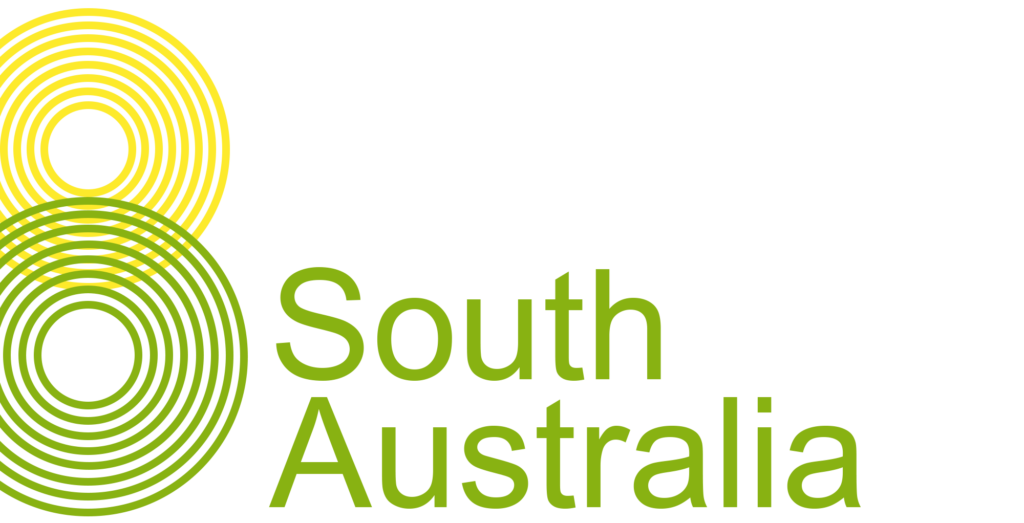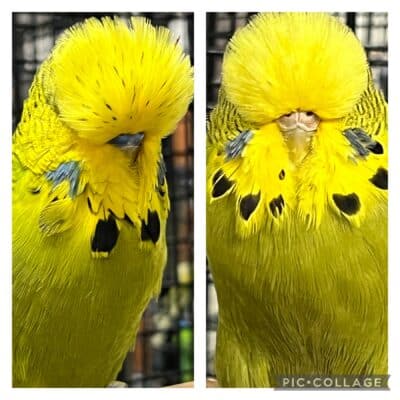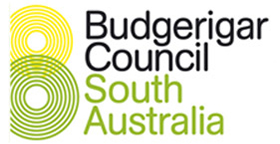
Pairing Budgerigars
Breeding budgerigars requires a careful and meticulous process that involves selecting the best pairing for successful breeding. There are several key factors that fanciers consider when pairing budgies for breeding.
Breeding Records and Family Lines
The breeding performance of the parents and grandparents is an important factor to consider when selecting pairing budgerigars. Fanciers examine the breeding records of these birds to assess their fertility, clutch size, and incidence of lethal show faults, such as French Moult. They also look for trends in certain family lines, including the percentage of chicks that fledge with feather problems.
Observation and Intuition
Experienced fanciers spend countless hours observing their birds to develop an understanding of their needs and characteristics. They use this knowledge to make intuitive decisions regarding the pairing of their budgerigars. Observation is a crucial aspect of the selection process, as it helps fanciers identify the most vigorous and fittest birds for breeding.
Vitality and Preparation
Vitality is an essential criterion for selecting breeding pairs. Breeders choose the most vigorous and fittest birds above all for breeding. Fanciers prepare their birds both mentally and physically prior to breeding by providing them with good quality food, exercise, play, and sunlight. Young birds are typically the most vital and appropriate for breeding quality exhibition budgerigars. Experienced older birds may be used to get them started.
Strong Quality Hens
Strong quality hens are the backbone of a successful breeding season. Fanciers select hens that are close to the pictorial model of perfection as the starting point for show success. A long dynasty of successful show birds can increase the chances of breeding the best show bird.
How to Effectively use Line Breeding in Pairing Budgerigars
Line breeding is a tool that can be used to shape and craft bird breeding. It allows breeders to add and take specific points they want to produce in future generations, molding and crafting the end result. However, it is not recommended for newer breeders to use line breeding right away. They should produce specimens of reasonably high quality first, as line breeding not only fixes good points, but also fixes bad points very strongly.
To start a line breeding program, a breeder must buy the highest quality specimens available and cross breed with them to find out what genes are available and give themselves the greatest possible chance of finding a bird suitable for a line breeding program. The bird chosen for the line breeding program must be a high-quality specimen. It is essential to keep up with record keeping and be very thorough in researching and documenting results. Breeders must be certain that hidden traits in the family are not likely to override the one they wish to establish, such as poor hatch ability, infertility, physical defects, or exhibition faults they hope to breed out.
Genetics of Line Breeding
Line breeding cuts down the number of different genes available on each of the loci, so there is less choice when pairing related budgerigars. To that point, a greater percentage of young come out looking the same. When cross breeding, the number of different genes available on each of these loci remains constant because there is no duplication of genes, as with related birds. Reproducing young who favor a superior cock bird requires skill. If breeders choose the wrong specimen, they may be carrying very strong sets of her mother’s genes, and when mated back to the father, if these genes are the stronger, they will end up with birds similar to the first cross. The skill amounts to knowing the correct bird to use.
Conclusion
Breeding successful show budgies requires a combination of observation, skill and a knowledge of breeding records. To that point, it also needs a detailed understanding of genetics and desirable physical show features. Fanciers carefully select breeding pairs based on factors such as vitality, preparation, and family lines. With proper pairing, preparation, and care, breeders can produce the best show budgerigars. Line breeding is a tool to shape and craft bird breeding. It requires a great amount of work and skill, and breeders must keep up with the record keeping and results. Breeders should produce specimens of a reasonably high quality first, cross breed with high-quality specimens, and choose the highest quality specimen for the line breeding program. Breeders must be careful to select the correct bird and note all hidden traits in the family before pairing.
To view some high-quality pairing outcomes, check out the National winning budgies from past years on the ANBC Page.
To view the presentation delivered by Troy Holmes on Pairing to the BSSA, check out Consolidating Features Through Pairs
